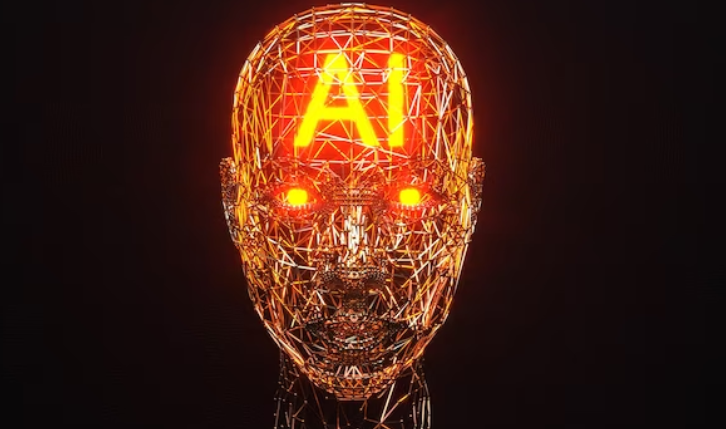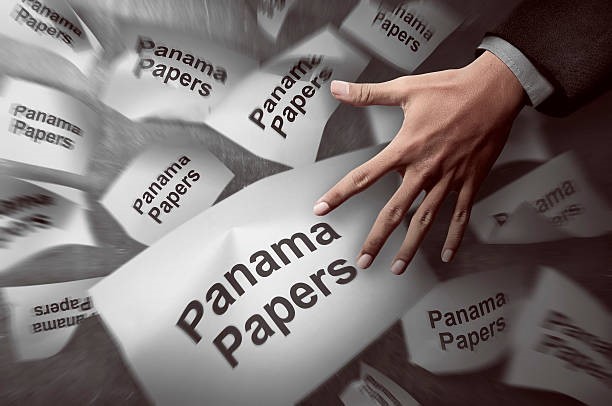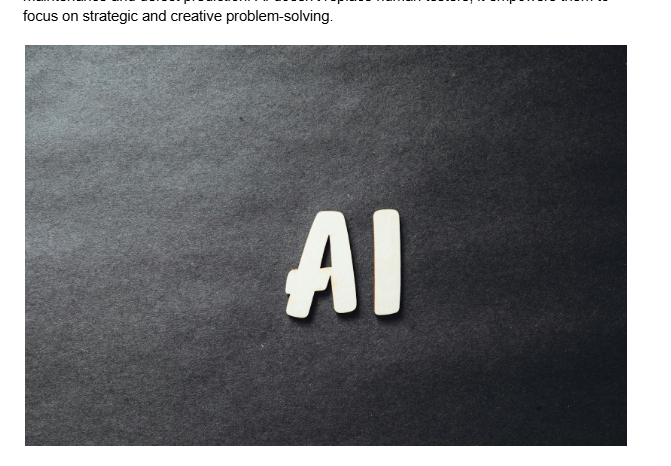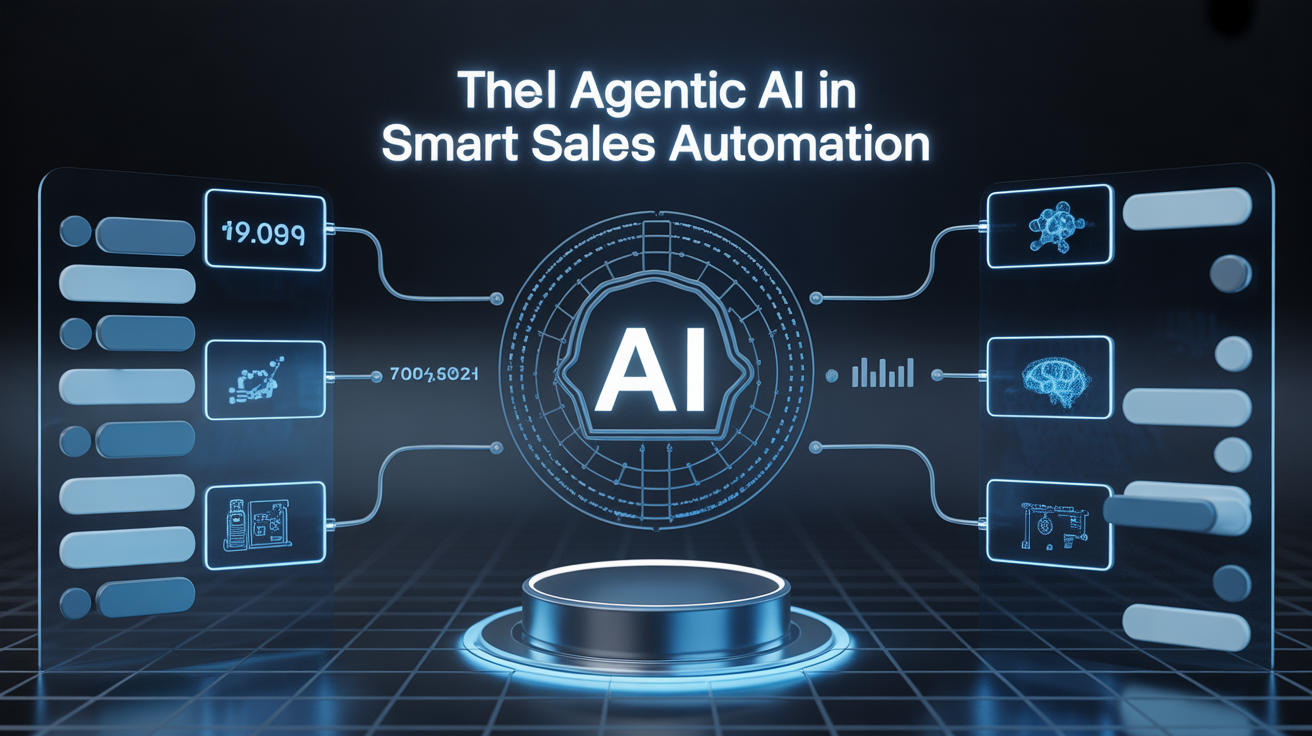
An AI art generator is a technology that uses artificial intelligence algorithms to create or assist in the creation of artworks. It involves the use of machine learning techniques to analyze and understand existing art styles, patterns, and compositions, and then generate new artistic content based on this knowledge.
AI-generated art has gained significant attention and popularity in recent years due to its unique and innovative nature. It represents a fusion of technology and creativity, pushing the boundaries of traditional art forms and offering new possibilities for artistic expression. AI-generated art has sparked curiosity and excitement among artists, art enthusiasts, and the general public, as it showcases the capabilities of AI in producing visually stunning and thought-provoking artworks.
AI-generated art has also opened up new avenues for collaboration between artists and AI systems, resulting in exciting and unexpected outcomes. It has become a subject of interest in the art world, exhibitions, and academic research, contributing to ongoing discussions about the role of technology in the creative process. The growing popularity of AI-generated art reflects the fascination with AI's potential to revolutionize artistic practices and inspire new forms of artistic expression.
Understanding AI Art Generation
AI algorithms analyze vast amounts of data, including existing artworks, patterns, and styles, to learn and mimic artistic techniques. They can generate new images, paintings, sculptures, or multimedia artworks based on this learned knowledge. The algorithms utilize techniques such as neural networks, deep learning, and machine learning to simulate artistic creativity and produce unique and visually captivating pieces.
There are various types of AI art generators, each employing different techniques and approaches. Style transfer algorithms use deep learning to apply the style of one artwork to another, creating a fusion of artistic characteristics. Generative adversarial networks (GANs) generate new images by pitting two AI networks against each other, one generating and the other critiquing. Other techniques include image synthesis, data-driven art, and interactive art systems.
AI-generated artworks have gained recognition in the art world, with notable examples like "Portrait of Edmond de Belamy" created by GANs, which sold at an auction for a significant price. Other examples include AI-generated music compositions, poetry, and even sculpture designs. These artworks showcase the potential of AI in creating unique and captivating pieces that challenge traditional notions of artistry.
Exploring the Benefits of AI Art Generation
- AI art generation unlocks new creative possibilities and allows artists to push artistic boundaries.
- It saves time and effort for artists by automating certain aspects of the artistic process.
- AI art generation democratizes art by making artistic tools and techniques accessible to a wider range of artists.
- It fosters inclusivity in the art community by empowering artists from diverse backgrounds and skill levels.
- AI art generators facilitate experimentation and exploration, encouraging artists to discover new techniques and nurture their creative growth.
How to Use an AI Art Generator
Research and select an AI art generator that aligns with your artistic goals and preferences. Consider factors such as ease of use, available features, and compatibility with your artistic process.
Familiarize yourself with the input requirements of the AI art generator, such as image formats or specific guidelines. Explore customization options that allow you to adjust parameters like style, colors, or composition to achieve the desired artistic outcome.
Experiment with different styles and effects offered by the AI art generator. Try out various presets or explore customization options to create unique and visually stunning artworks. Play with different combinations to find the style that resonates with your artistic vision.
Consider integrating AI-generated art with traditional artistic techniques. Use AI-generated elements as a starting point and add your personal touch through traditional mediums, such as painting or sketching. This combination can result in intriguing and innovative artistic expressions.
Using an AI art generator requires choosing the right tool, understanding its input requirements and customization options, exploring different styles and effects, and finding ways to incorporate AI-generated art with traditional techniques. By embracing the possibilities of AI art generation and combining it with traditional artistic practices, artists can create unique and captivating artworks that reflect their creative vision.
Ethical Considerations in AI Art Generation
Attribution and ownership of AI-generated artworks:
- Discuss the importance of properly attributing AI-generated artworks.
- Explore legal and ethical considerations regarding copyright and intellectual property rights.
- Address the need to credit the original artists or AI algorithms responsible for the artwork.
- Addressing concerns about originality and creativity:
- Examine the debate surrounding the originality of AI-generated artworks.
- Discuss the role of human input and creative intent in the AI art generation process.
- Highlight the collaborative nature of AI-human interactions in artistic expression.
- Maintaining ethical use of AI art generator:
- Encourage responsible and ethical use of AI art generators.
- Encourage artists to use AI as a tool for creative exploration rather than relying solely on AI-generated outputs.
- Emphasize the importance of maintaining artistic integrity and adhering to ethical guidelines when utilizing AI art generators.
By considering these ethical aspects, artists and creators can ensure that AI-generated artworks are produced, shared, and appreciated in a manner that respects both the artistic process and the broader ethical considerations associated with AI technology.
AI Art Generation in the Future
AI Art Generation in the Future refers to the continued development and utilization of AI algorithms and technologies to create art. It explores the evolving capabilities and potential impact of AI-generated art on the art industry and society as a whole.
Evolving capabilities and advancements in AI-generated art:
- This refers to the ongoing improvements in AI algorithms and technologies, allowing for more sophisticated and realistic content generation.
- Advancements include the ability to mimic different artistic styles, create original compositions, and generate dynamic and interactive artworks.
- AI-generated art is becoming increasingly indistinguishable from human-created art, blurring the lines between the two.
Impacts on the art industry and society:
- AI-generated art has the potential to transform the art industry by challenging traditional artistic practices and notions of creativity.
- It opens up new possibilities for artistic expression, exhibition, and audience engagement, including virtual and augmented reality experiences.
- The art market may see shifts in valuation, ownership, and distribution of AI-generated artworks, raising questions about the role of AI in the art world.
Potential challenges and opportunities:
- Challenges include ethical considerations surrounding AI-generated art, such as issues of authorship, intellectual property, and the potential for bias in algorithmic decision-making.
- Opportunities arise in terms of expanded artistic possibilities, interdisciplinary collaborations, and enhanced accessibility to art for a wider audience.
- The future of AI-generated art presents a chance to redefine artistic boundaries, explore new artistic techniques, and encourage dialogue about the relationship between technology and creativity.
AI Art Generation in the Future encompasses the evolving capabilities and impact of AI-generated art on the art industry and society. It presents both challenges and opportunities, shaping the way art is created, experienced, and valued in the digital age.
Conclusion
Embrace the power of AI in your creative journey and unlock new dimensions of artistic expression. By exploring and experimenting with AI art generators, you can push the boundaries of your creativity and discover unique artistic possibilities. Let AI algorithms inspire you, assist you, and challenge you to create art that transcends traditional boundaries. Embrace the fusion of human creativity and AI capabilities to create captivating and thought-provoking artworks. Don't be afraid to venture into uncharted territories and let AI art generators become your creative companions in the ever-evolving landscape of artistic innovation.
AI art generation offers a range of benefits and possibilities for the art world. By embracing these technologies and exploring their potential, artists can expand their creative horizons and create innovative artworks. Encouraging an open-minded approach to AI art generation can lead to exciting discoveries and foster a new era of artistic expression.



